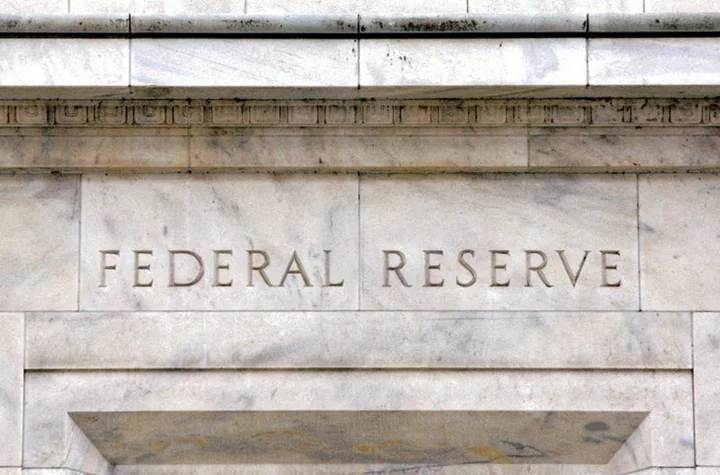By Shankar Ramakrishnan
A clarification of capital rules by the Federal Reserve may encourage U.S. banks to transfer more of the risk in their loan portfolios to investors, potentially letting them free up capital.
The Federal Reserve on Thursday clarified rules around capital treatment of a type of structured debt which involves the sale of credit-linked notes that carry the risk of losses on U.S. bank loan portfolios to investors. The announcement was made through a frequently asked questions format dated Thursday.
In these debt trades, U.S. banks issue credit-linked notes tied to the performance of a collection of loans or other financial exposures, and sell those to investors, letting them lower their risk-weighted assets, according to the Fed's Q&A.
By doing so, if they get capital relief, they would reduce the capital they need to keep against them for regulatory capital purposes, according to banking industry sources.
“There has certainly been growing interest in these transactions as banks seek regulatory capital relief," said Missy Dolski, global head of capital markets at alternative investment firm Varde Partners, an active investor in such products.
"This guidance makes it more clear what structures would need affirmative approval for capital relief and what is required to comply," she added.
The Fed clarified that synthetic securitization transactions – that refer to the performance of a set of loans in a bank’s balance sheet - by U.S. banks where credit-linked notes were sold through a special purpose vehicle (SPV) would automatically qualify for capital relief.
Directly issued credit-linked notes could also qualify but would need to be approved by the Fed, said the Q&A. These instruments are issued by a bank, but not through a SPV.
Such transactions, done privately, have been difficult to get done in the U.S., said Michael Bright, CEO of the Structured Finance Association.
“It has been an uphill struggle for banks to get approval for favorable capital treatment on credit risk transfer securitizations because a lot of U.S. regulators express knee-jerk skepticism on bespoke products,” said Bright.
Data on them are not public but banks supervised by the European Central Bank (ECB) completed a record 174 billion euros ($189 billion) of such deals last year, the regulator told Reuters in April.
A bank can normally transfer risks of losses equivalent to around 7% to 12% of a loan portfolio in a European trade, market sources previously said.
These clarifications come after growing calls for clarity on which of these bespoke trades issued by U.S. banks would qualify for capital relief, the banking industry sources said.
Major U.S. banks contacted for comment on the impact of the guidance either declined comment or did not immediately respond.
Investors provided credit protection for a whole pool of loans by buying the notes but their investments are reduced as losses accrue on this pool, said the Fed's Q&A.
In return, investors are usually paid a high yield which could be in the double-digits in some cases, said one of the banking sources.
“Allowing banks to buy credit protection on their loan portfolios would help banks continue to lend in a cost-effective manner while also protecting themselves,” said Bright.
(Reporting by Shankar Ramakrishnan; Editing by Megan Davies and Daniel Wallis)

